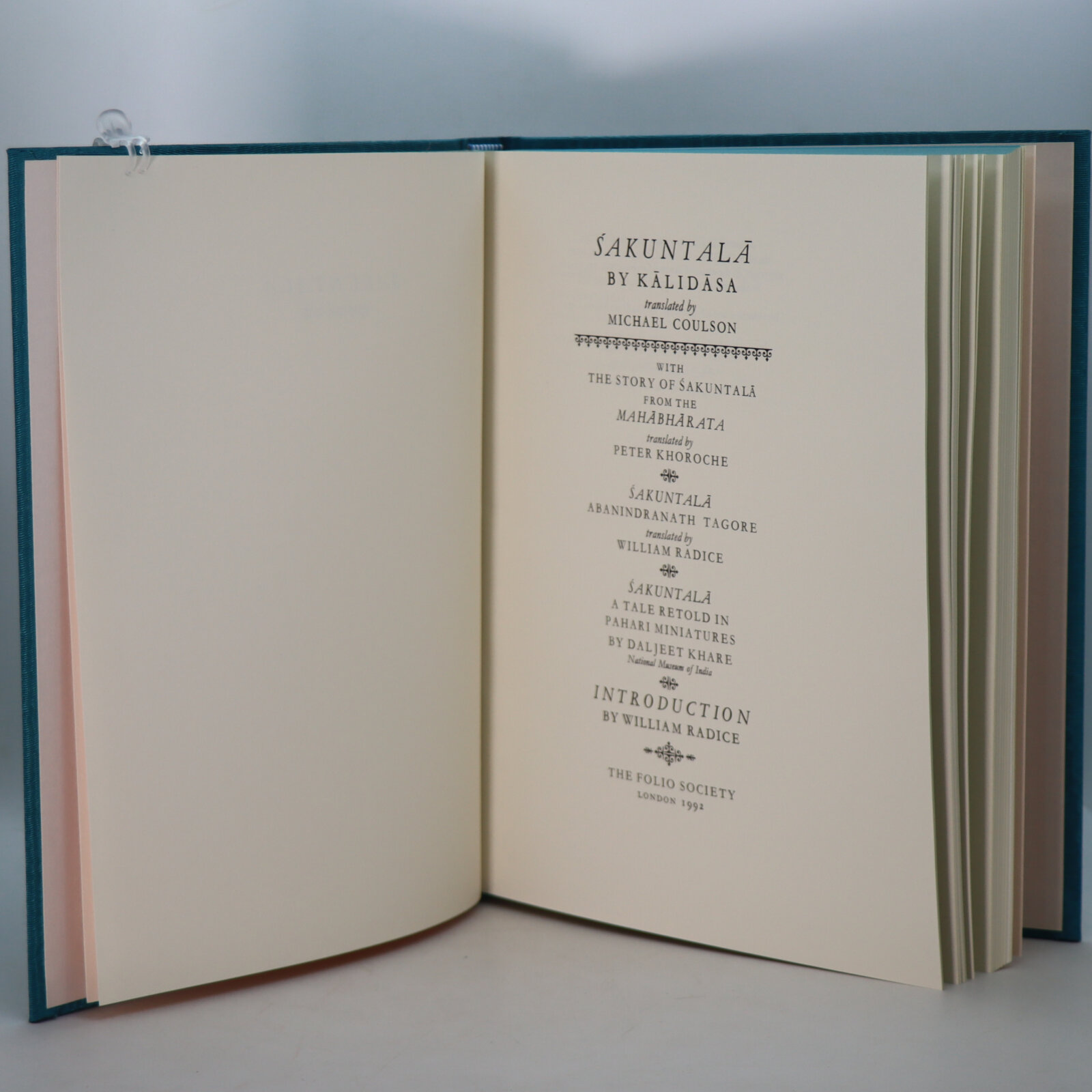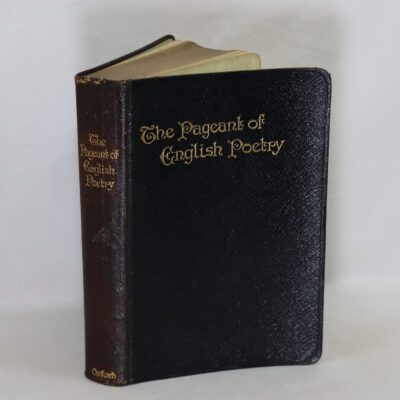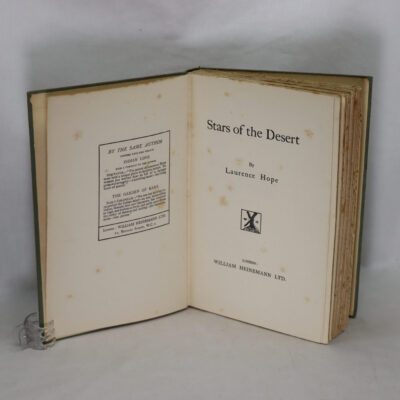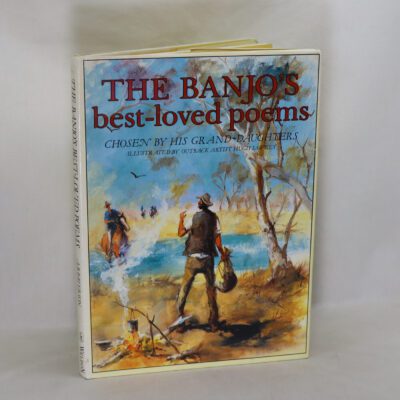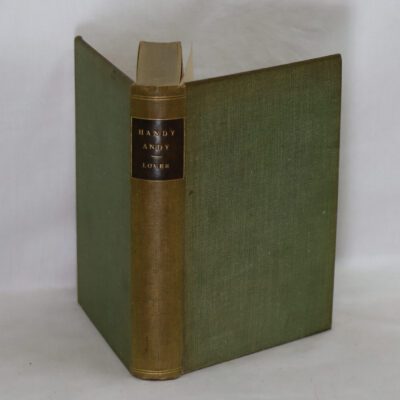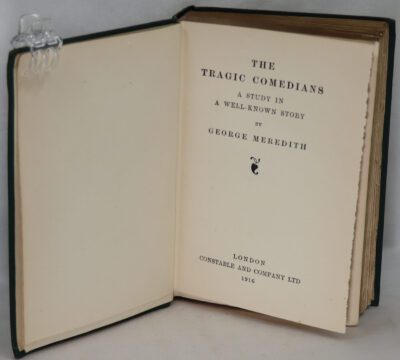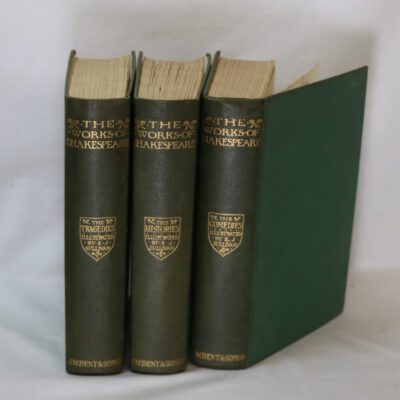Sakuntala.
By Kalidasa
ISBN: 9789352140541
Printed: 1992
Publisher: The Folio Society. London
| Dimensions | 20 × 26 × 2.5 cm |
|---|---|
| Language |
Language: English
Size (cminches): 20 x 26 x 2.5
Condition: Fine (See explanation of ratings)
Your items
Item information
Description
In fitted box. turquoise cloth binding with gilt title on the spine.
F.B.A. provides an in-depth photographic presentation of this item to stimulate your feeling and touch. More traditional book descriptions are immediately available.
A quality Folio book.
The script of the play Sakuntala taken from Indian works, the tale of Sakuntala from the Mahabharata, the story Sakuntala in prose by Abanindranath Tagore and the tale retold in Pahari miniatures.
Shakuntala (Sanskrit: Śakuntalā) (Tibetan: བྱ་ལེན་མའི་ཟློ་གར )is the wife of Dushyanta and the mother of Emperor Bharata. Her story is told in the Adi Parva of the ancient Indian epic Mahabharata and dramatized by many writers, the most famous adaption being Kalidasa’s play Abhijñānaśākuntala (The Sign of Shakuntala).
The Mahābhārata is one of the two major Sanskrit epics of ancient India in Hinduism, the other being the Rāmāyaṇa. It narrates the struggle between two groups of cousins in the Kurukshetra War and the fates of the Kaurava and the Pāṇḍava princes and their successors.
It also contains philosophical and devotional material, such as a discussion of the four “goals of life” or puruṣārtha (12.161). Among the principal works and stories in the Mahābhārata are the Bhagavad Gita, the story of Damayanti, the story of Shakuntala, the story of Pururava and Urvashi, the story of Savitri and Satyavan, the story of Kacha and Devayani. the story of Rishyasringa and an abbreviated version of the Rāmāyaṇa, often considered as works in their own right.
Traditionally, the authorship of the Mahābhārata is attributed to Vyāsa. There have been many attempts to unravel its historical growth and compositional layers. The bulk of the Mahābhārata was probably compiled between the 3rd century BCE and the 3rd century CE, with the oldest preserved parts not much older than around 400 BCE. The original events related by the epic probably fall between the 9th and 8th centuries BCE. The text probably reached its final form by the early Gupta period (c. 4th century CE).
The Mahābhārata is the longest epic poem known and has been described as “the longest poem ever written”. Its longest version consists of over 100,000 śloka or over 200,000 individual verse lines (each shloka is a couplet), and long prose passages. At about 1.8 million words in total, the Mahābhārata is roughly ten times the length of the Iliad and the Odyssey combined, or about four times the length of the Rāmāyaṇa. W. J. Johnson has compared the importance of the Mahābhārata in the context of world civilization to that of the Bible, the Quran, the works of Homer, Greek drama, or the works of William Shakespeare. Within the Indian tradition it is sometimes called the fifth Veda.
Want to know more about this item?

Share this Page with a friend

